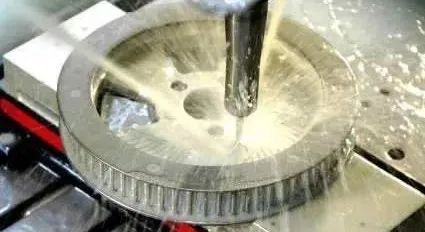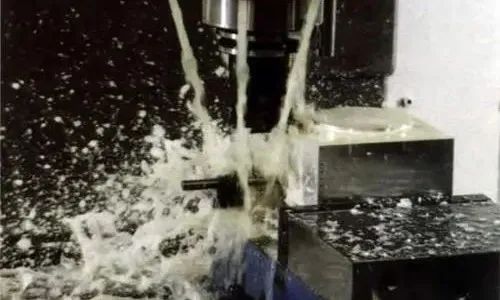
Privacy statement: Your privacy is very important to Us. Our company promises not to disclose your personal information to any external company with out your explicit permission.
![]() May 04, 2022
May 04, 2022
Corruption of the cutting fluid will affect the equipment, working environment and personal health, and may also affect the life of the new fluid. The necessary scientific management of water-soluble cutting fluids seems a little troublesome on the surface, but due to proper management and prolonging the service life, it will save man-hours, costs and pollution to the environment.

The deterioration of water-soluble cutting fluid is the result of the rapid reproduction of microorganisms under suitable conditions, resulting in biochemical changes in the cutting fluid. Microorganisms that cause spoilage are fungi, actinomycetes, bacteria and yeast. The bacteria are numerous and widely distributed, and can be found in the atmosphere, soil, rivers, and natural objects. The following representative fouling bacteria are often found in corrupt cutting fluids:
A slight rancid smell is produced, "Monday phenomenon"; The working fluid becomes gray-brown or red; PH value and rust resistance drop suddenly and sharply; ; Decrease in processing performance; Produce odor and pollute the environment.

The above is the Anticorrosion management of cutting fluid we have listed for you. You can submit the following form to obtain more industry information we provide for you.
You can visit our website or contact us, and we will provide the latest consultation and solutions
Send Inquiry
Most Popular
lastest New
Send Inquiry
Send Inquiry

Mr. James
Tel:0086-371-58651986
Fax:
Mobile Phone:+8613783582233
Email:sales@cn-lubricantadditive.com
Address:No.11 Changchun Road, High-Tech Zone, Zhengzhou, Henan
Related Products List
Mobile Site


Privacy statement: Your privacy is very important to Us. Our company promises not to disclose your personal information to any external company with out your explicit permission.

Fill in more information so that we can get in touch with you faster
Privacy statement: Your privacy is very important to Us. Our company promises not to disclose your personal information to any external company with out your explicit permission.